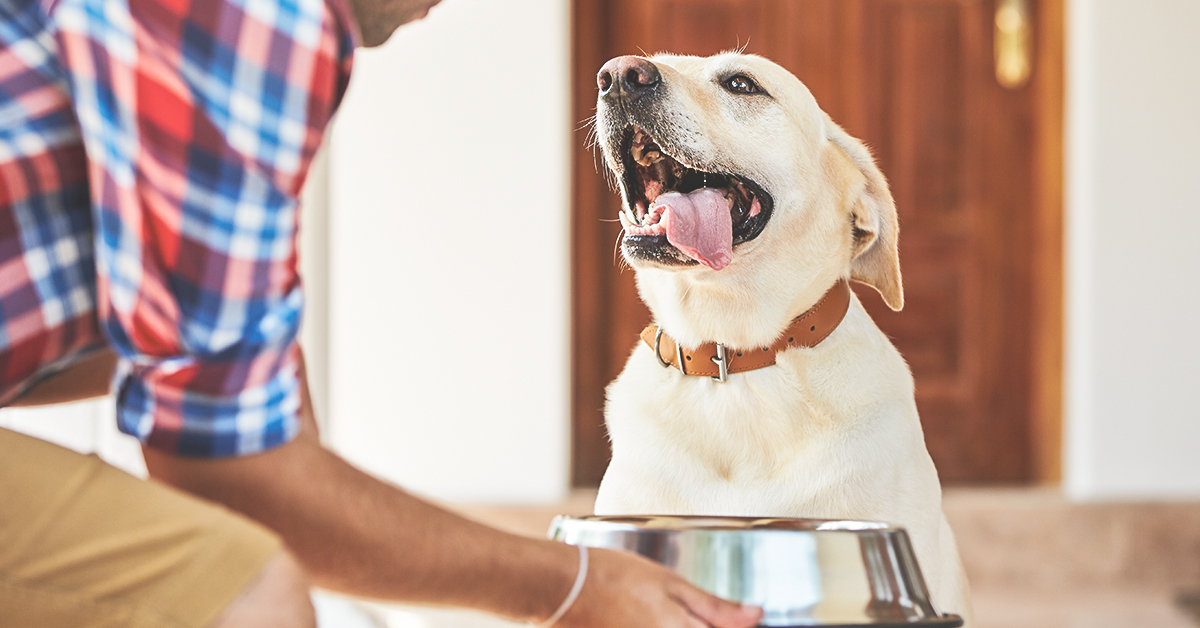
From cats to chickens to rabbits, we love our pets. When it comes to selecting the best food for your pets and animals, it can be tough to know what to look for.
Here’s our easy five-step guide to choosing the right food.
1. Select a “Complete” Feed
Always check that the packaging refers to the food as “complete.” It’s a regulated term and indicates that the food has been designed and tested to meet the full nutritional requirements for that species.
Foods labeled as “supplemental” are treats and should be fed in addition to a high-quality pet food.
2. Understand the List of Ingredients
It’s important to read and understand the ingredient list on any food. Once you have checked a food is “complete”, flip the package over and confirm the ingredients.
Canines & Felines
For your canine and feline friends, a protein source or two should be listed first.
In a high-quality food mix, a meal (think chicken, beef or fish) is usually in the first or second spot on the ingredient list. In this instance, a meal refers to a protein that has already been processed and dehydrated. A whole, unprocessed protein, like deboned chicken, may be listed in the first or second spot.
Herbivores
For herbivores, such as rabbits (Also read: Choosing The Best Rabbit Feed), you’ll need to confirm that alfalfa or another hay with high fiber content is listed first, as most of their diet should consist of healthy fibers.
3. Compare Serving Size, Not Package Weight
It can be tempting to just buy the largest bag of food available to help minimize errands, especially if you have several large animals. But it’s important to compare the serving size of different foods rather than the overall package weight.
A lower serving size indicates the food is nutritious and dense with healthy calories. This means a smaller bag of food may last longer. (And it also means there will be less doo-doo for you to clean up later.)

4. Feed to Your Animal’s Age and Energy
Most foods are developed for different life stages in animals (baby, adult, and senior). Although the ingredients for the food may not change, the nutritional balance has been formulated to help your animal live its healthiest life at that time. For example, senior dog food will include glucosamine for joint health, while a puppy formula is packed with protein to aid in growth.
More active animals will need more food. For extremely active dogs, this can mean selecting a pet food with a higher protein makeup. Keep a close eye on your animals when you change their food to ensure a smooth transition.
5. Watch Those Treats!
Treats are a useful tool in training animals and encouraging positive behaviors. However, we can only approach food from our own human perspective, which sometimes means we don’t realize just how much we’re over-feeding our animals.
Did you know that for a 20-pound dog, 1-ounce of cheese is the caloric equivalent of 1½ chocolate bars for a person? It’s true.
Treats are a great tool, but they should be a mindful addition to an already healthy diet. Be careful to purchase treats that are as high-quality as the food you provide your pets.
Let Us Help
Choosing the right food for your animals is easier than it sounds. The associates at your local IFA Country Store will be more than happy to help you select the best food for your pet to keep them happy, healthy and strong.
Information for this article was provided by Martha Page, Assistant Store Manager, Poultry, Rabbit & Pet Dept., Riverton IFA Country Store; and Terry Boren, Tack, Farrier & Pet Category Manager, IFA.








